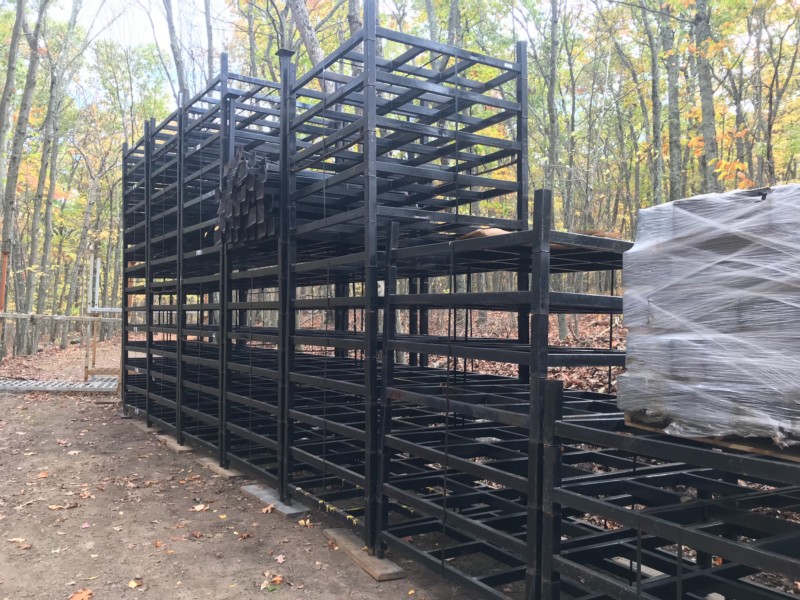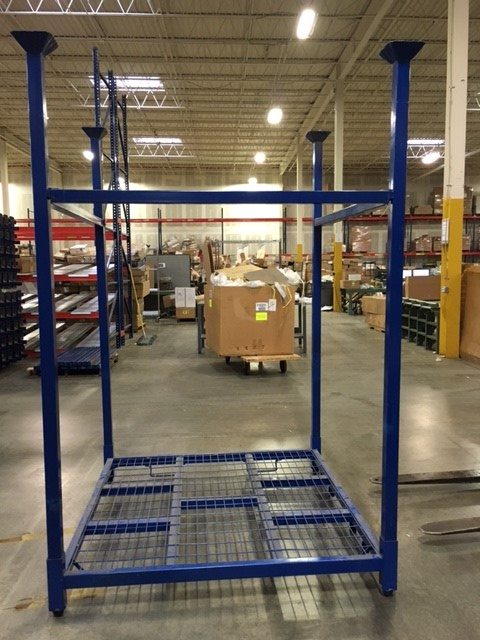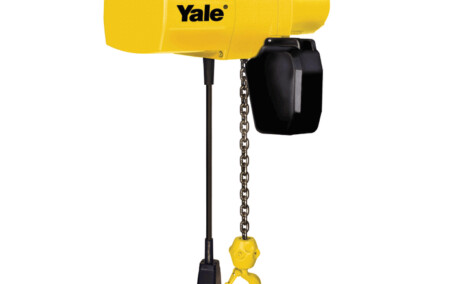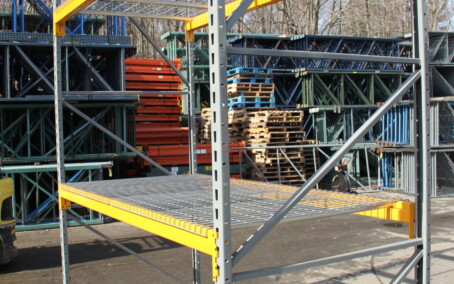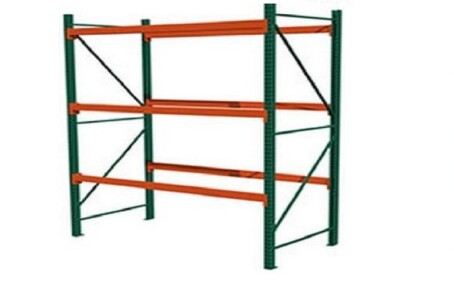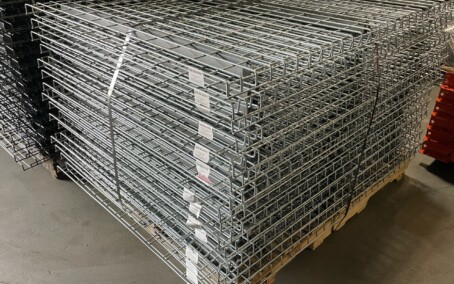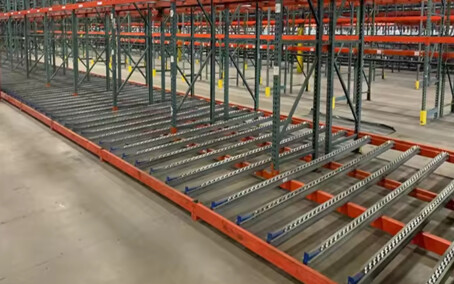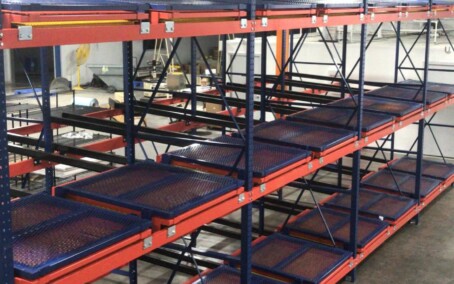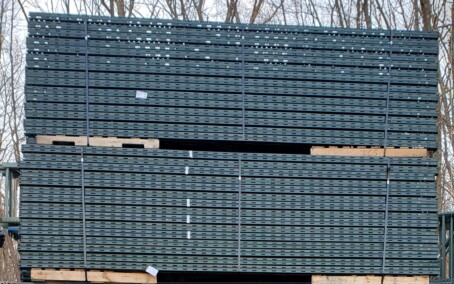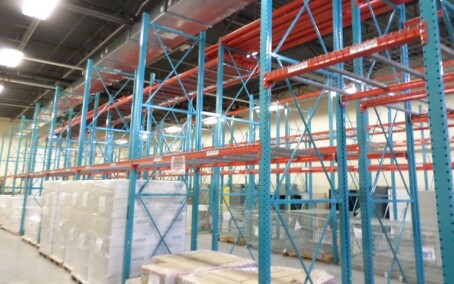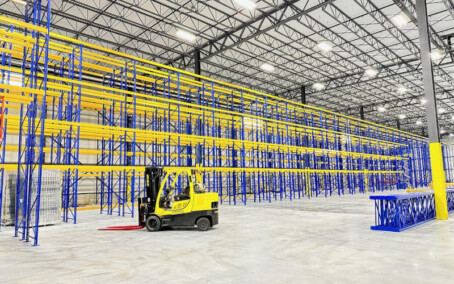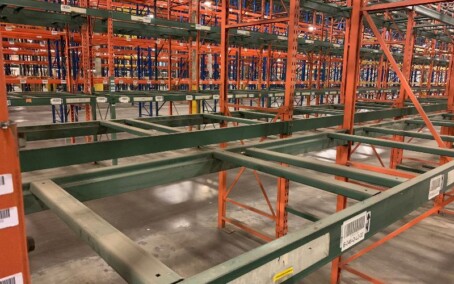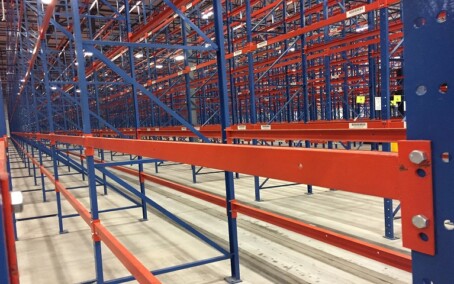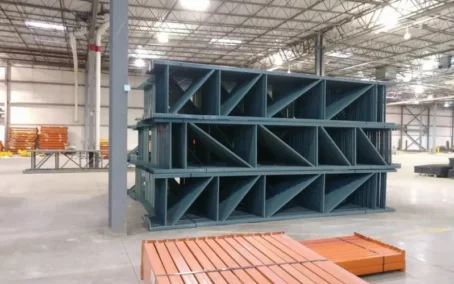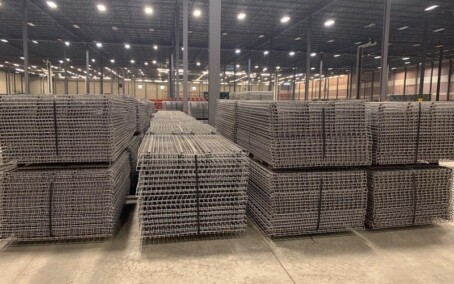Optimize Your Space with Stack Racks
Stack racks are a smart, adaptable solution designed to help businesses maximize available storage areas without compromising on safety or convenience. By allowing vertical stacking, these units free up valuable floor space, making it easier to organize and manage a wide range of products. If you’re looking for a flexible way to handle heavy or bulky items, these sturdy frames are an excellent choice for both small-scale and large-scale operations.
Why These Storage Solutions Excel
One major advantage of stack racks is their versatility. Instead of relying on fixed shelving or permanent structures, you can reconfigure these racks to suit changing demands. Whether you need to relocate items, accommodate seasonal goods, or adjust your layout, stack racks adapt with ease. Many models are also compatible with forklifts, which means moving them around your warehouse or distribution center is quick and efficient. Compared to static alternatives, these units minimize the need for extensive aisle space and reduce the risk of product damage.
Stacking racks stand out for their reliable construction. Built with durable materials, they support significant weight while keeping items safe from compression. This sturdy design helps minimize wear and tear on your inventory, especially when dealing with fragile or high-value goods. By cutting down on product breakage, businesses save on replacement costs and streamline overall operations.
Applications Across Industries
From retail outlets to manufacturing plants, stack racks support a variety of applications. Manufacturers rely on them to store raw materials as well as finished products, while retail centers use them to organize seasonal displays and promotional items. In agriculture, they help keep produce safe during transit or in temporary storage, preventing bruising and spoilage.
Logistics and warehousing benefit from stacking racks by maximizing vertical space. Instead of sprawling, permanent aisles, companies can utilize these portable units to handle changing volumes of goods. Even automotive facilities and metal fabricators appreciate how straightforward these racks are to load and unload, ensuring a smoother workflow on the production floor. This versatility makes them a clear choice for any industry seeking better space management.
Customization and Features
One of the key strengths of stack racks is their ability to be customized. Some models include removable posts or side supports, allowing them to fold or collapse when not in use. Others come with specialized attachments to accommodate items with awkward shapes. With such variety, it’s easy to find a rack solution that fits your exact inventory profile.
You can also enhance your system with accessories such as wire mesh decks or safety bars. These add-ons ensure more secure storage of smaller items, reducing the chance of spillage or misplacement. Whether you need a setup for large tires, textiles, or engine parts, there’s an option to accommodate your specific requirements.
Transform Your Warehouse
Choosing the right racking approach can significantly impact overall efficiency. By selecting stack racks, you invest in a future-ready system that grows alongside your business. They create a safer, more organized environment, reduce product damage, and minimize downtime. No matter the complexity of your inventory, stack racks make it possible to optimize your operations and respond quickly to shifts in demand.
Consider these racks as a practical solution that helps you adapt, save space, and protect your goods. Upgrade your workflow and explore how stack racks can transform your warehouse or distribution center today.

